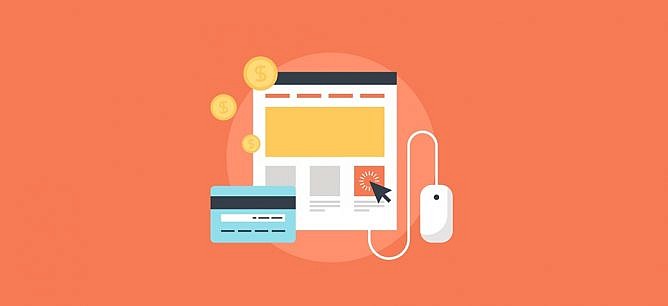The design, layout and user experience of your website play a huge role in the way potential customers perceive your company. In addition to these key elements, your site also needs to be responsive and easy to use.
No matter how great your products or services are, you may deter potential buyers if they don’t like what they see the minute your landing page opens. Read on for a few tips on how to ensure you engage visitors right from the off.
Beyond Good Looks
Although studies have shown that 38 percent of visitors will leave a particular website if they find the design unattractive, it’s not enough to have a site that looks good – it also needs to be user-friendly. Potential customers won’t stick around long if they encounter issues such as pages or images that take too long to load.
Multiple Channels
Your site also needs to work equally well on smartphones and tablet devices as it does on laptop and desktop computers. Half of your customers are likely to be accessing your site through some kind of mobile device so failing to address this and create a design that works well across multiple channels could lead to lost sales. A proportion of your customers will also begin looking at your site on one device and then switch to another, so creating a seamless customer experience is also essential.

Be Specific
The more the design of your site reflects the products and services you sell, as well as the spirit of your company, the better. While e-commerce platforms such as BigCommerce offer a wide variety of templates and themes that allow you to choose a specific look for your store, doing so still risks ending up with a product that looks very much like many others on the market.
One easy way to avoid this is to work with a web development partner such as Eventige who can take the original templates and tweak them to your precise specifications, providing you with a bespoke online store at a fraction of the cost of doing so from scratch.
Encouraging Sharing
Share buttons should feature prominently throughout your design and be close to any content or information you feel potential customers might want to pass on to a wider audience. You should also include links or feeds to a company blog or social media post.
Although you may like the idea of letting your products or services do the talking for you, an increasing number of today’s consumers want to be able to access more information about the company behind the products, so this needs incorporating into your design.
This is, in part, because of the growth of social media and the fact that we share more and more information about our daily lives. It also reflects growing concerns about the environment and ethical stances of major corporations. Customers want to know what you stand for and if they disagree with your core values – or simply can’t find them anywhere on your website – they may decide to go elsewhere.

